
Data-Structures-And-Algorithms-Alfred-V-Aho
.pdf
Data Structures and Algorithms: CHAPTER 7: Undirected Graphs
1.Start with M = Ø.
2.Find an augmenting path P relative to M and replace M by M Å P.
3.Repeat step (2) until no further augmenting paths exist, at which point M is a maximal matching.
It remains only to show how to find an augmenting path relative to a matching M. We shall do this for the simpler case where G is a bipartite graph with vertices partitioned into sets V1 and V2. We shall build an augmenting path graph for G for levels i = 0, 1, 2, . . . using a process similar to breadth-first search. Level 0 consists of all unmatched vertices from V1. At odd level i, we add new vertices that are adjacent to a vertex at level i-1, by a non-matching edge, and we also add that edge. At even level i, we add new vertices that are adjacent to a vertex at level i-1 because of an edge in the matching M, together with that edge.
We continue building the augmenting path graph level-by-level until an unmatched vertex is added at an odd level, or until no more vertices can be added. If there is an augmenting path relative to M, an unmatched vertex v will eventually be added at an odd level. The path from v to any vertex at level 0 is an augmenting path relative to M.
Example 7.10. Figure 7.19 illustrates the augmenting path graph for the graph in Fig. 7.17(a) relative to the matching in Fig. 7.18, in which we have chosen vertex 5 as the unmatched vertex at level 0. At level 1 we add the non-matching edge (5, 6). At level 2 we add the matching edge (6, 2). At level 3 we can add either of the non-matching edges (2, 9) or (2, 10). Since both vertices 9 and 10 are currently unmatched, we can terminate the construction of the augmenting path graph after the addition of either one of these vertices. Both paths 9, 2, 6, 5 and 10, 2, 6, 5 are augmenting paths relative to the matching in Fig. 7.18.
Fig. 7.19. Augmenting path graph.
Suppose G has n vertices and e edges. Constructing the augmenting path graphs for a given matching takes O(e) time if we use an adjacency list representation for edges. Thus, to find each new augmenting path takes O(e) time. To find a maximal matching, we construct at most n/2 augmenting paths, since each enlarges the current matching by at least one edge. Therefore, a maximal matching may be found in O(ne) time for a bipartite graph G.
http://www.ourstillwaters.org/stillwaters/csteaching/DataStructuresAndAlgorithms/mf1207.htm (18 of 22) [1.7.2001 19:15:36]

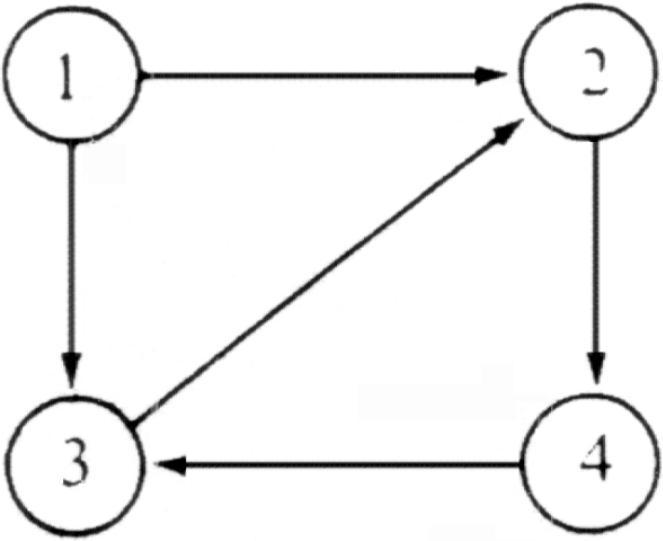
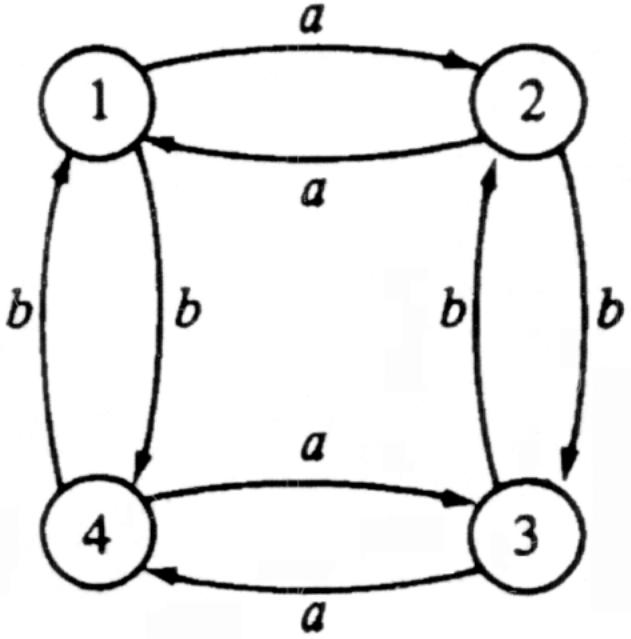
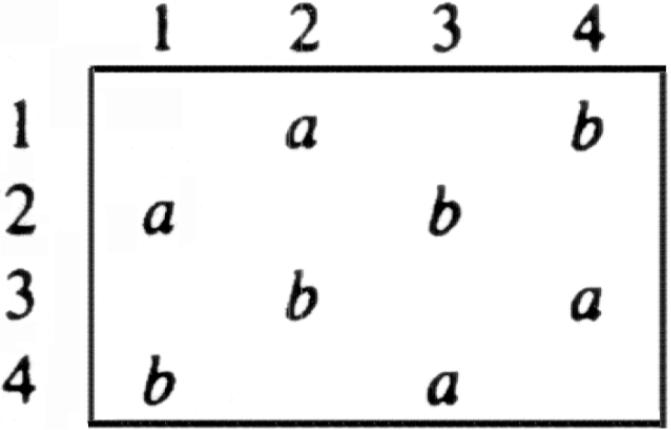
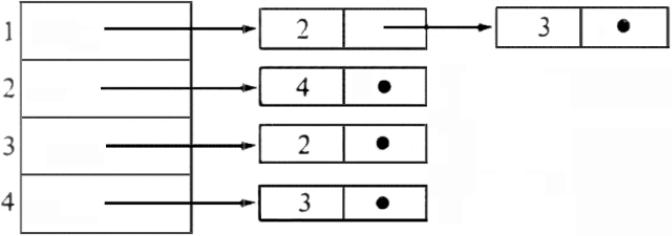
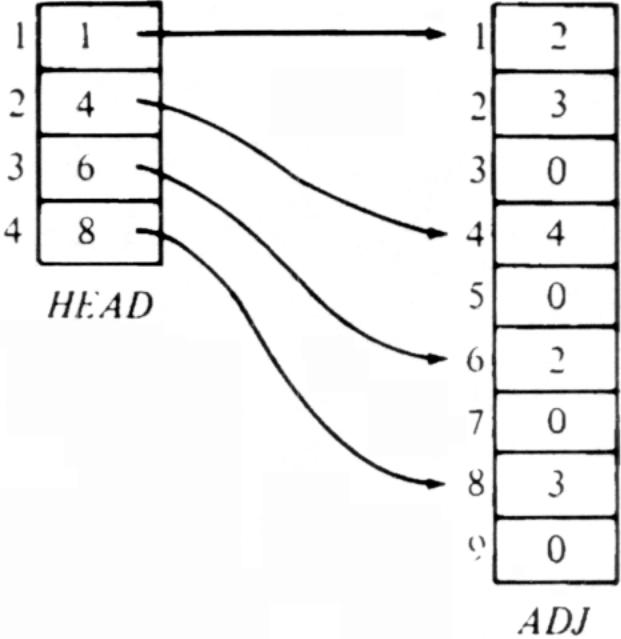

 algorithm for maximal matching in general graphs. Papadimitriou and
algorithm for maximal matching in general graphs. Papadimitriou and